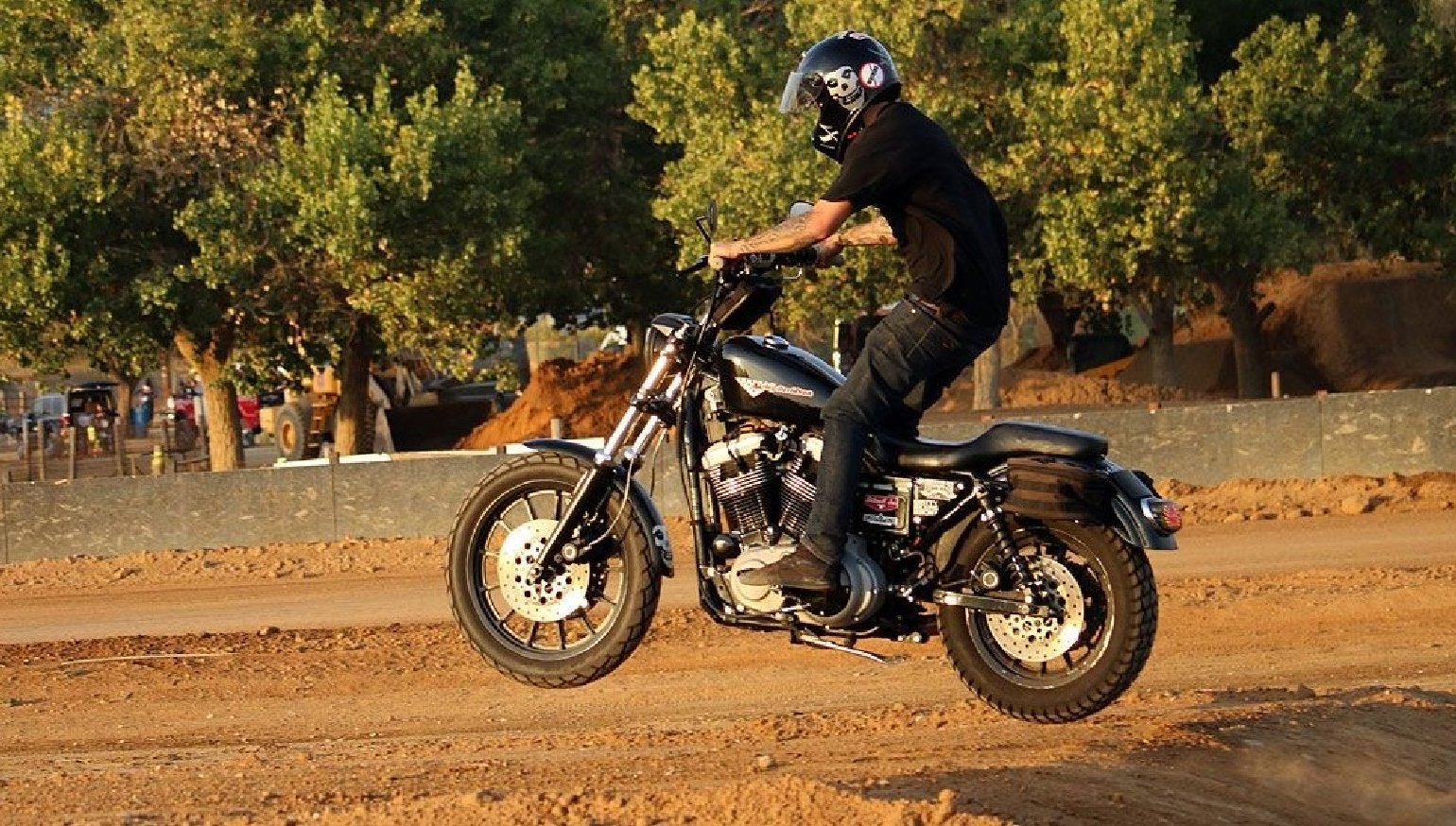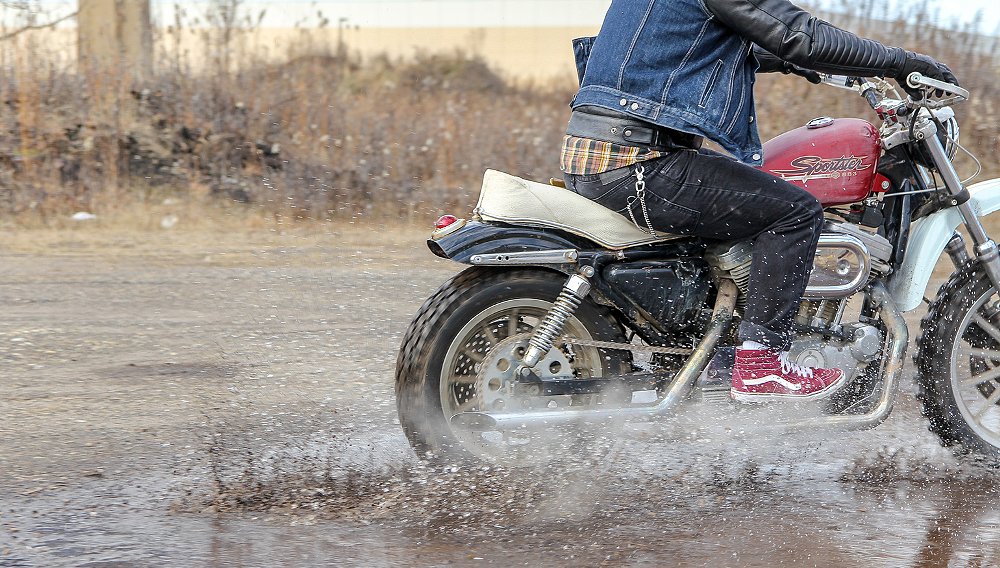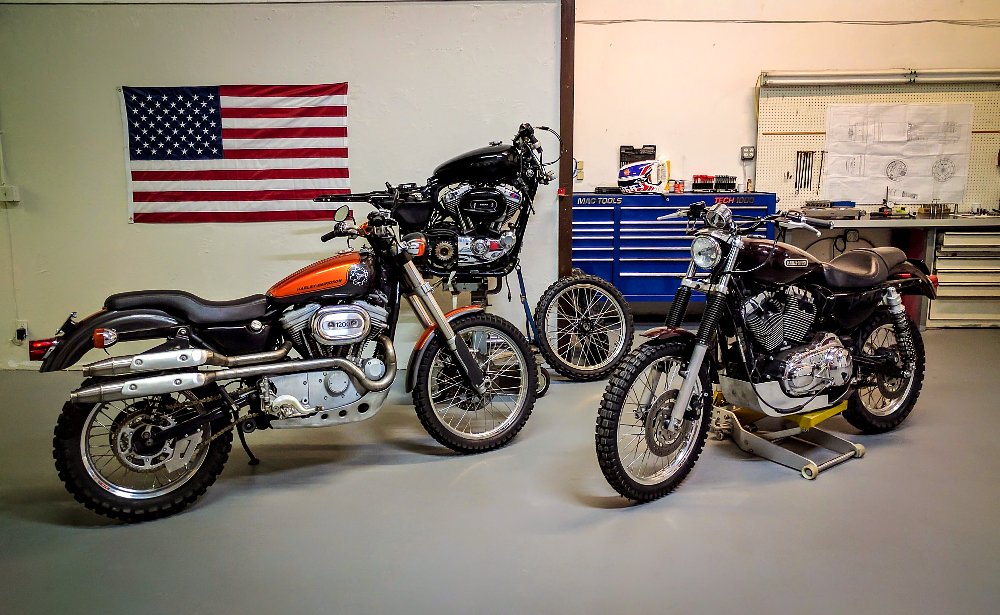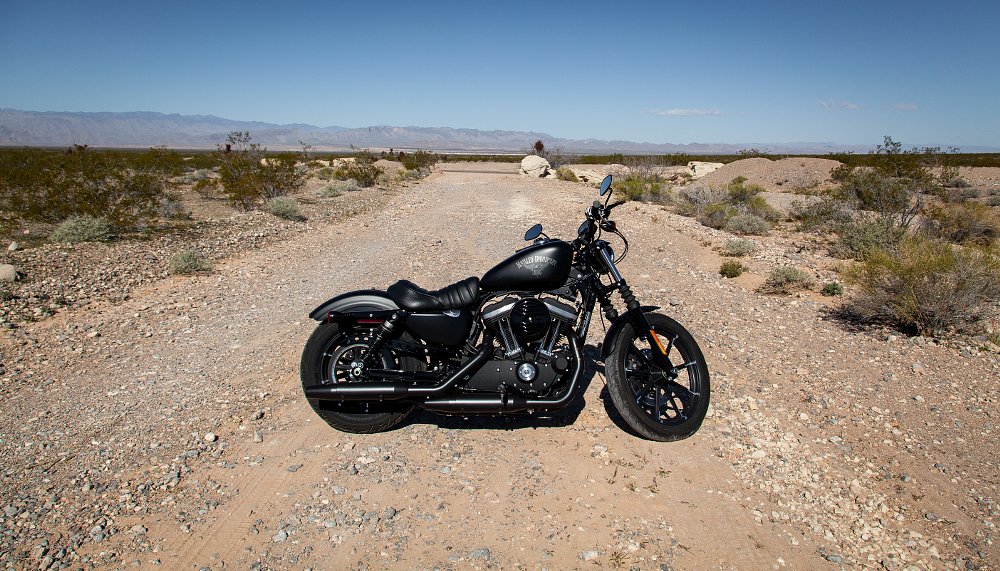End of an era! That's the stupidest decision ever and you'll go down in flames! About time you guys got with the times!
That sort of summarizes the range of reactions, from reflection to criticism to praise, that flowed this weekend in reaction to Harley-Davidson's announcement on social media that the last Evolution-powered Sportster had rolled off the assembly line in the H-D plant in York, Pennsylvania. The reactions should come as no surprise. When you've been building Sportsters with essentially the same engine — updated now and then, and produced in various displacements, but always looking about the same from the outside — since 1986, people tend to get attached to it. Or really tired of it. Or nostaligic about the idea of it no longer being around.
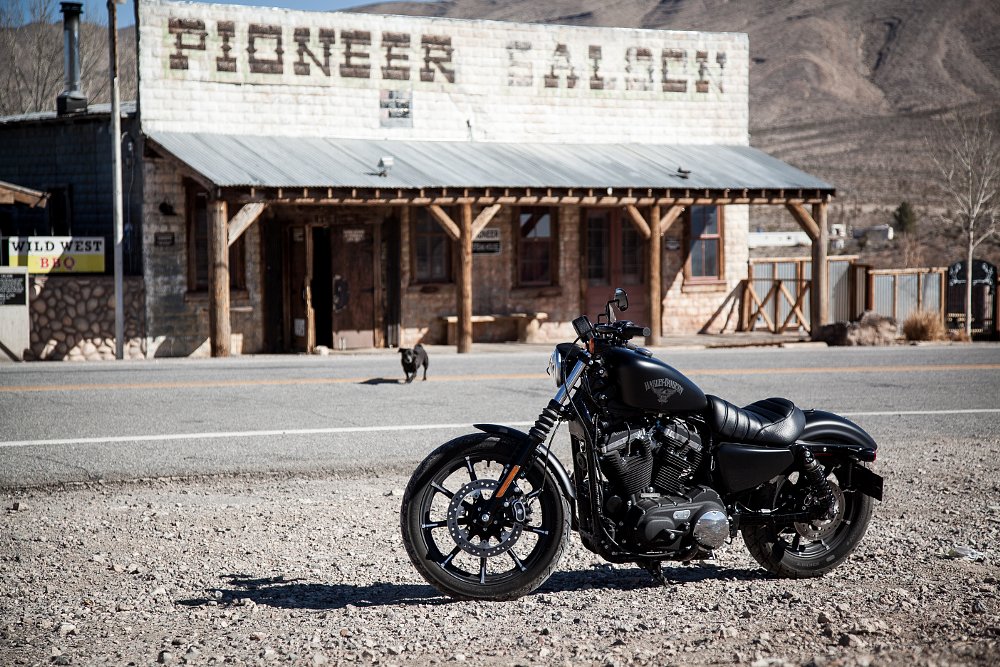
On Friday afternoon, Harley-Davidson posted a video clip on its social media channels announcing that the last Evo-powered Sportster, a Gunship Gray Iron 883, had been assembled.
The Sportster line dates back to 1957, but huge changes arrived in the 1986 model year, when the Ironhead engine was replaced by the new, alloy, Evolution engine, which ran cooler, quieter, and more reliably, and had hydraulic valves for reduced maintenance. That first year, you could get a Sportster in either 883 cc or 1,100 cc displacements. The 883 version cost just $3,995 and in 1987 Harley-Davidson offered a "Ride Free" promotion that guaranteed Sportster owners they'd get $3,995 in trade-in value for up to two years if they later traded in the 883 on a bigger Harley.
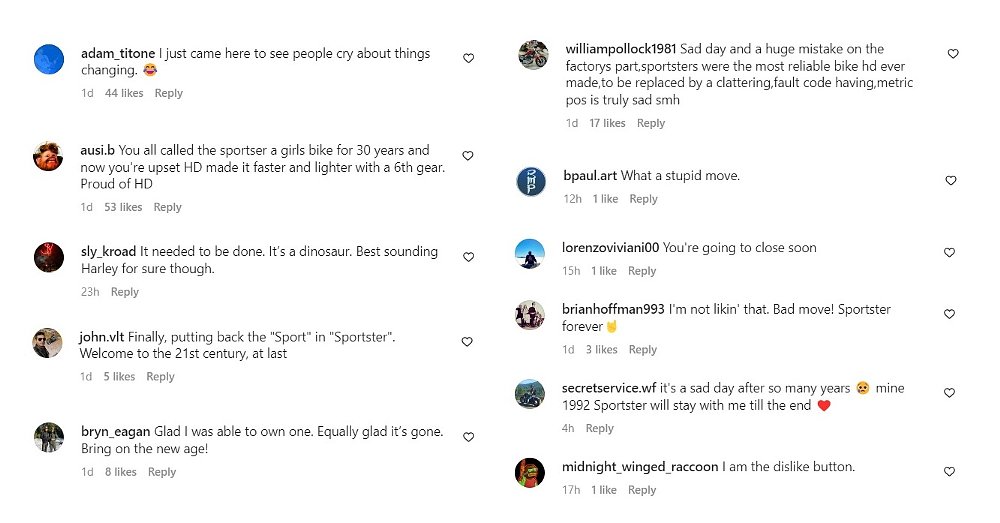
The Evo Sportsters got a five-speed transmission and belt final drive in the 1990s and fuel injection and rubber mounting for the engine in the 2000s. Many versions were produced by the factory, from an XL1200C Custom with 21-inch front wheel and cruiser style to the XL1200S Sport with upgraded suspension. There were SuperLow versions, Roadster versions, and Anniversary editions. And that's just what came out of the factory. The real variety started exploding when Sportsters got into owners' hands.
Over the years here at Common Tread, we've published articles about a company building a kit to turn a Sportster into an adventure bike, about riding a Sportster in the Iron Butt Rally, about taking a California Superbike School class on a Sportster, and the story of a Zillan who wanted to do some dual-sport rides but didn't want to buy another bike so he modified his 1987 Sportster for woods duty. You can easily modify a Sportster for these and other missions because it's been around so long and has huge aftermarket support. We did a six-part video series on modifications you can make to the Evo Sportster to improve various aspects of its performance.
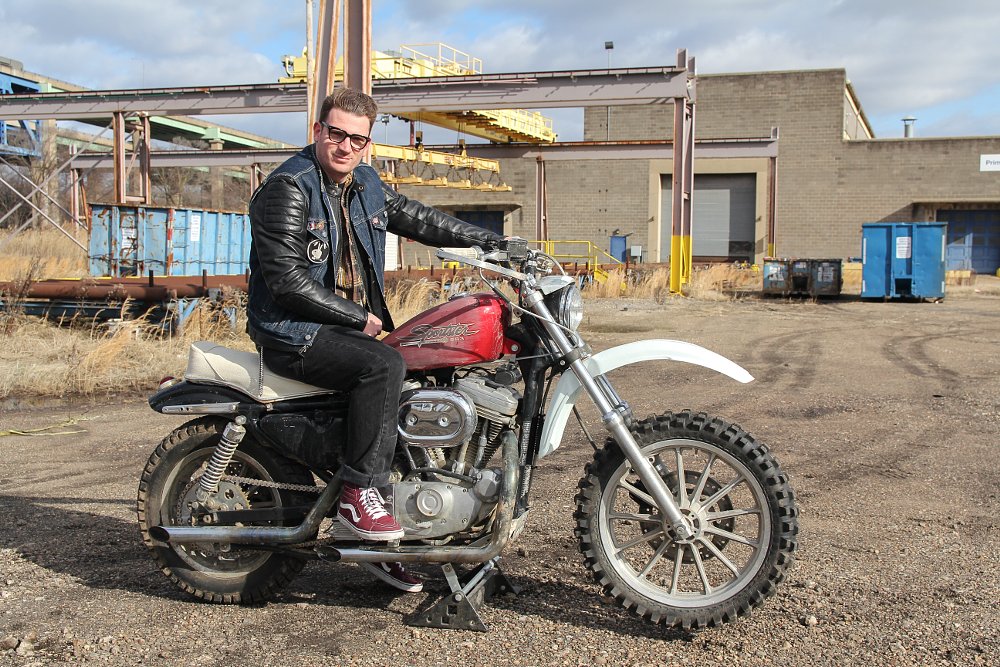
That versatility was one attribute that made the Sportster so popular with some of the most knowledgeable Harley fans in the industry, such as Buzz Kanter, who was at the helm of American Iron magazine for three decades.
"Harley's Evo Sportster must be the most versatile motorcycle in the MOCO's long and varied history," Kanter said, following the news of the final Evo. "An Evo Sportster could be modified by most owners as a dragracer, sport bike, chopper, café racer, tourer, or even a dual-sport machine. Whatever parts Harley did not offer, the expansive aftermarket did to customize it to almost any tastes.
"I have personally modified, raced, and ridden a number of Evo Sportsters over the years. I am sure I will not be the only enthusiast to miss this versatile machine."
Another Sportster fan with extensive experience is Common Tread's own Patrick Garvin, who wrote an essay at J&P Cycles asserting that the Sportster is the best Harley-Davidson ever made. Granted, his undying love for Evo Sportsters is focused on the 2003 and earlier models, before the engine was rubber-mounted in 2004 and the Sportsters began gaining weight, adding features that didn't fit with the tradition of simplicity and sturdiness, and focusing on styling licks.
"So why would anyone spend $9,000 and up on a brand new Sportster when you can scoop up an Evo Sportster on Facebook Marketplace for $3,500, throw another $2,000 to $3,000 at it, and have a bitchin' customized ride that's tailored to your style and will outperform the ones on the showroom floor?" Patrick asked in an article from two years ago. And it's not $9,000 any more, either. That last Iron 883 that rolled off the assembly line lists for $11,249.
"I will profess my love of the Evo Sportster until my dying day, but I feel like the Sportster's epic run may be over," Patrick wrote in that piece from 2020, and it now appears he was only a little ahead of his time.
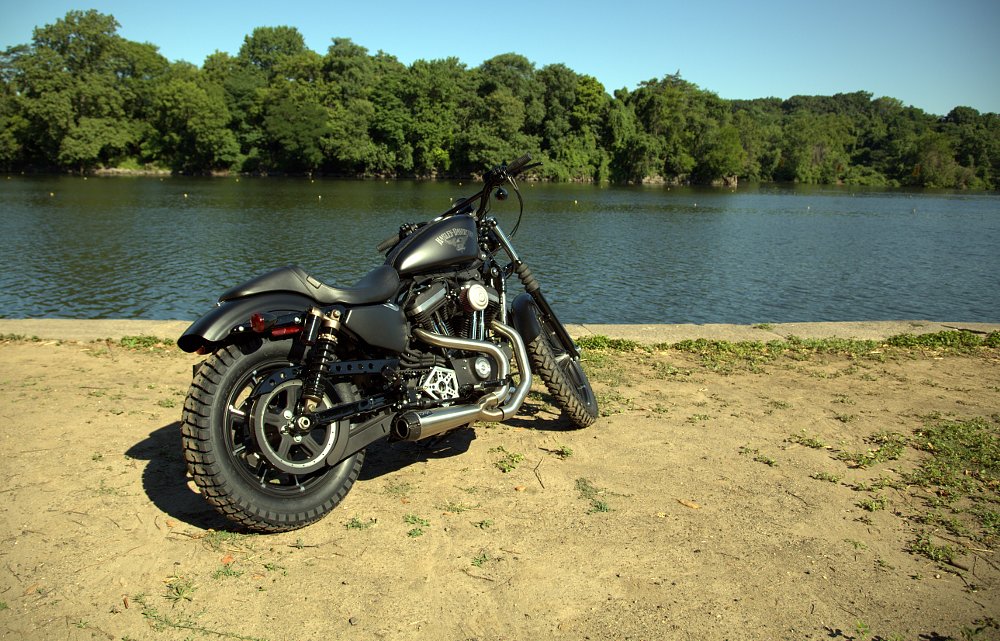
Of course plenty of people didn't like the Evo Sportster, too. Some Evo Big Twin riders sneeringly called the Sportster the "girl's bike" in Harley-Davidson's lineup, even in the years when an XL1200 was the fastest Harley in the quarter mile in stock form. They said you couldn't ride long distances on a Sportster even after people finished the Iron Butt Rally on one. They said you needed to buy a "big" bike. Uncounted thousands of riders — I was an Evo Sportster owner myself for about seven years and 35,000 miles — ignored that and enjoyed their Evo Sportsters in almost every way you can enjoy a motorcycle, short of trials or motocross.
Harley has a new, more modern Sportster S and Nightster to sell you now, and no doubt other Sportster models are coming with the new Revolution Max engine. But given the number of Evo Sportsters still rolling around and the huge aftermarket support available to keep them going, the Evo Sportster era isn't ending, exactly. It's just starting the next chapter, which will be written by riders, not the manufacturer.




